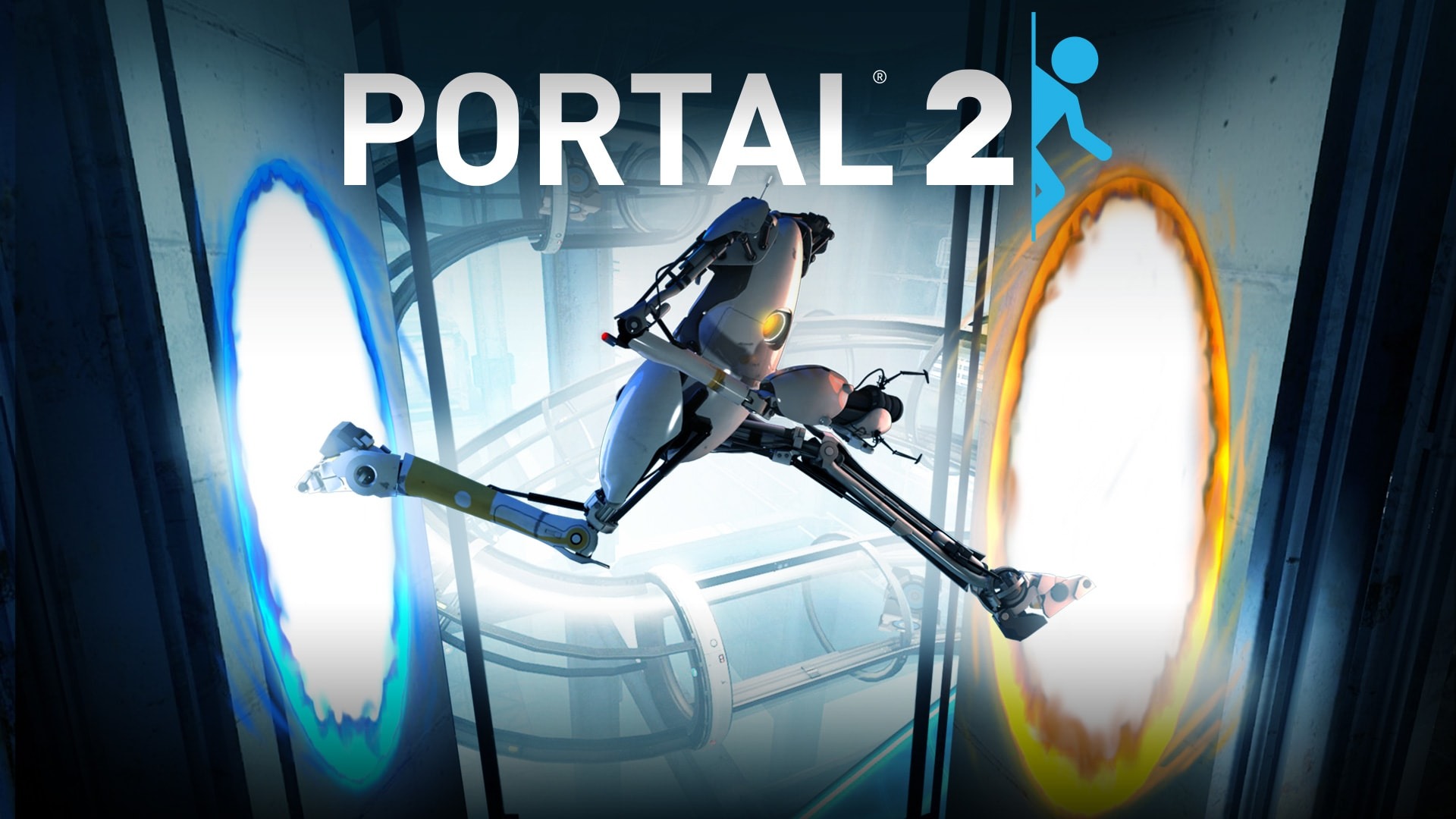In the vast landscape of video games, certain titles transcend mere entertainment and become genuine works of art. Portal 2, released in 2011 by Valve Corporation, is undoubtedly one such masterpiece. This first-person puzzle-platformer builds upon the groundbreaking mechanics of its predecessor, Portal, and elevates them to new heights with ingenious puzzle design, a captivating narrative brimming with dark humor, and unforgettable characters. Even over a decade later, Portal 2 continues to be lauded as a benchmark in puzzle game design and a testament to the power of innovative gameplay and sharp writing.
The core mechanic of Portal 2, as the name suggests, revolves around the Aperture Science Handheld Portal Device, or simply the Portal Gun. This ingenious device allows players to create two interconnected wormholes between flat surfaces. Understanding and manipulating these portals is the key to solving the game’s increasingly complex and mind-bending puzzles. What starts as simple exercises in traversing gaps and reaching higher platforms quickly evolves into intricate challenges involving momentum, redirection of energy beams, and the clever utilization of environmental elements.
Portal 2 doesn’t just throw puzzles at the player; it gradually introduces new mechanics and concepts, allowing players to learn and master them at their own pace. From the introduction of Thermal Discouragement Beams (lasers) that need to be redirected to activate switches, to the bouncy and speed-enhancing properties of Aerial Faith Plates, each new element adds another layer of complexity and possibility to the puzzle design. The game cleverly combines these elements in increasingly intricate ways, demanding spatial reasoning, creative thinking, and a willingness to experiment.
One of the most remarkable aspects of Portal 2 is its seamless integration of narrative and gameplay. Unlike many puzzle games where the story serves as a thin backdrop, Portal 2 weaves a compelling and often hilarious tale that is intrinsically linked to the challenges the player faces. You reprise the role of Chell, the silent protagonist from the first game, who awakens in the dilapidated and overgrown Aperture Science Enrichment Center. Soon, she encounters Wheatley, a personality core with an inflated sense of self and a knack for bumbling incompetence.
The dynamic between Chell and Wheatley forms the initial backbone of the story, filled with witty banter and unexpected twists. However, the true brilliance of Portal 2’s narrative lies in the return of GLaDOS, the sardonic and passive-aggressive artificial intelligence from the first game. GLaDOS’s interactions with Chell and Wheatley are filled with darkly comedic insults, manipulative schemes, and surprisingly poignant moments. The voice acting, particularly Ellen McLain’s iconic portrayal of GLaDOS, is nothing short of phenomenal, bringing a level of personality and depth to a seemingly emotionless machine.
The single-player campaign of Portal 2 is a masterclass in pacing and puzzle progression. Just when you think you’ve grasped all the game’s mechanics, it introduces a new twist or combination that forces you to rethink your approach. The difficulty curve is expertly managed, providing a satisfying challenge without ever feeling unfair or insurmountable. The sense of accomplishment after finally solving a particularly intricate puzzle is immensely rewarding.
Beyond the critically acclaimed single-player campaign, Portal 2 also features a dedicated cooperative multiplayer mode. This isn’t just a tacked-on addition; it’s a fully fleshed-out campaign with its own unique story, characters (two adorable robot testers named Atlas and P-body), and puzzle designs that specifically require teamwork and communication. Solving these co-op puzzles often involves coordinating portal placements, timing movements precisely, and understanding your partner’s perspective. The cooperative mode adds significant replayability and offers a different kind of puzzle-solving experience.
The visual design of Portal 2 is both functional and atmospheric. The sterile and often decaying environments of the Aperture Science facility create a sense of mystery and unease, while the clean lines and distinct color-coding of the portal surfaces and interactive elements ensure that the puzzles remain visually clear and understandable. The game’s art style is iconic and has contributed to its enduring appeal.
The sound design in Portal 2 is equally impressive. The distinct “thwump” of portal placement, the hum of energy beams, and the sardonic pronouncements of GLaDOS all contribute to the game’s unique and immersive atmosphere. The soundtrack, featuring both ambient electronic scores and the unforgettable end-credit songs, perfectly complements the gameplay and narrative.
Even years after its release, Portal 2 continues to inspire and influence game designers. Its innovative use of physics-based puzzles, its clever integration of narrative and gameplay, and its memorable characters have set a high bar for the puzzle-platformer genre. The game’s accessibility, combined with its challenging and rewarding gameplay, ensures that it remains enjoyable for both casual players and hardcore puzzle enthusiasts.
In conclusion, Portal 2 is more than just a puzzle game; it’s an experience. Its ingenious portal mechanics, its witty and engaging story, its unforgettable characters, and its expertly crafted puzzles combine to create a truly exceptional and timeless title. It’s a game that makes you think in new and creative ways, that rewards experimentation, and that leaves a lasting impression long after the credits roll. If you haven’t yet had the pleasure of “thinking with portals,” then you owe it to yourself to experience this masterpiece of game design. Portal 2 remains a shining example of how innovative gameplay and compelling storytelling can come together to create something truly special.
